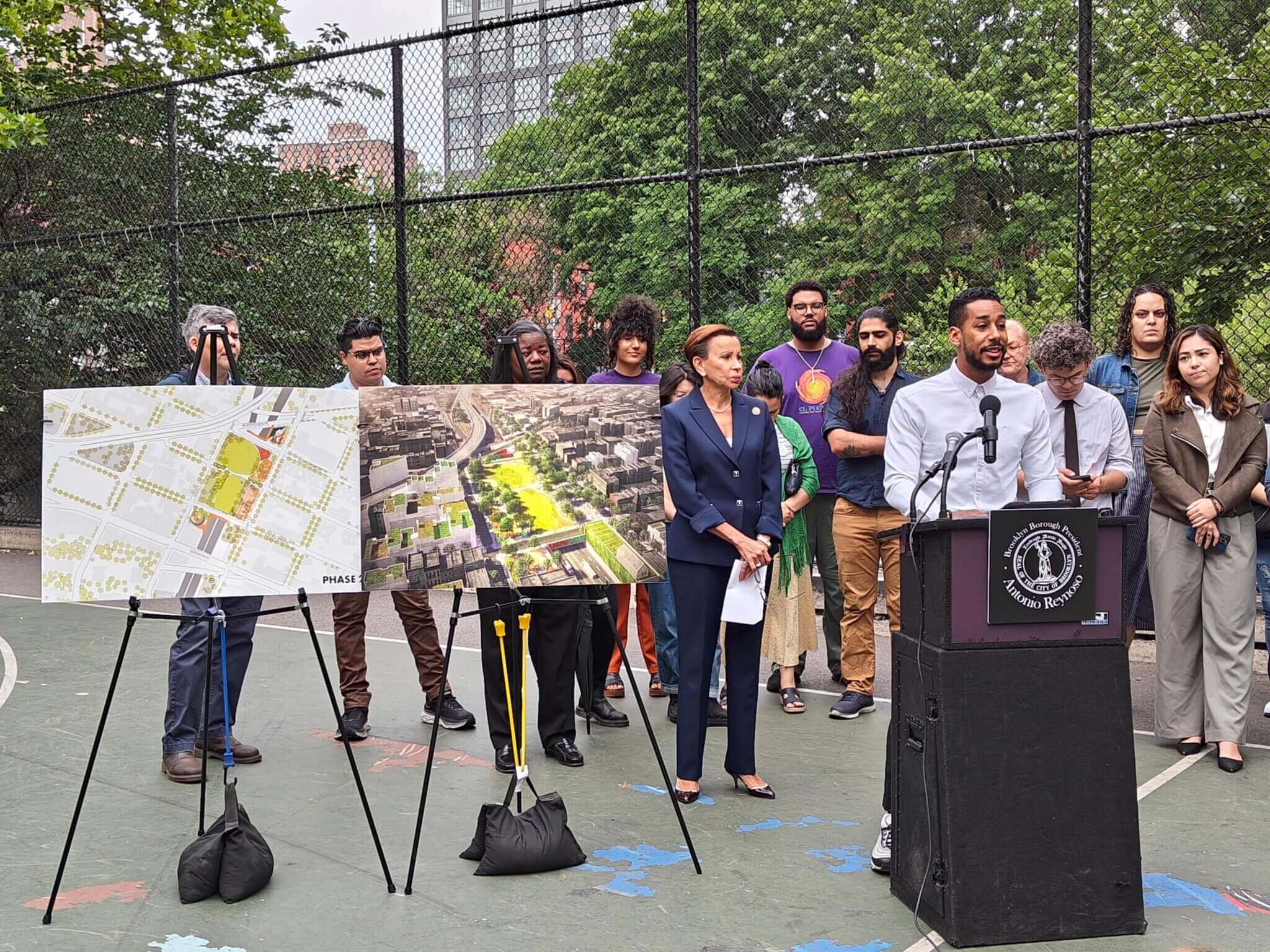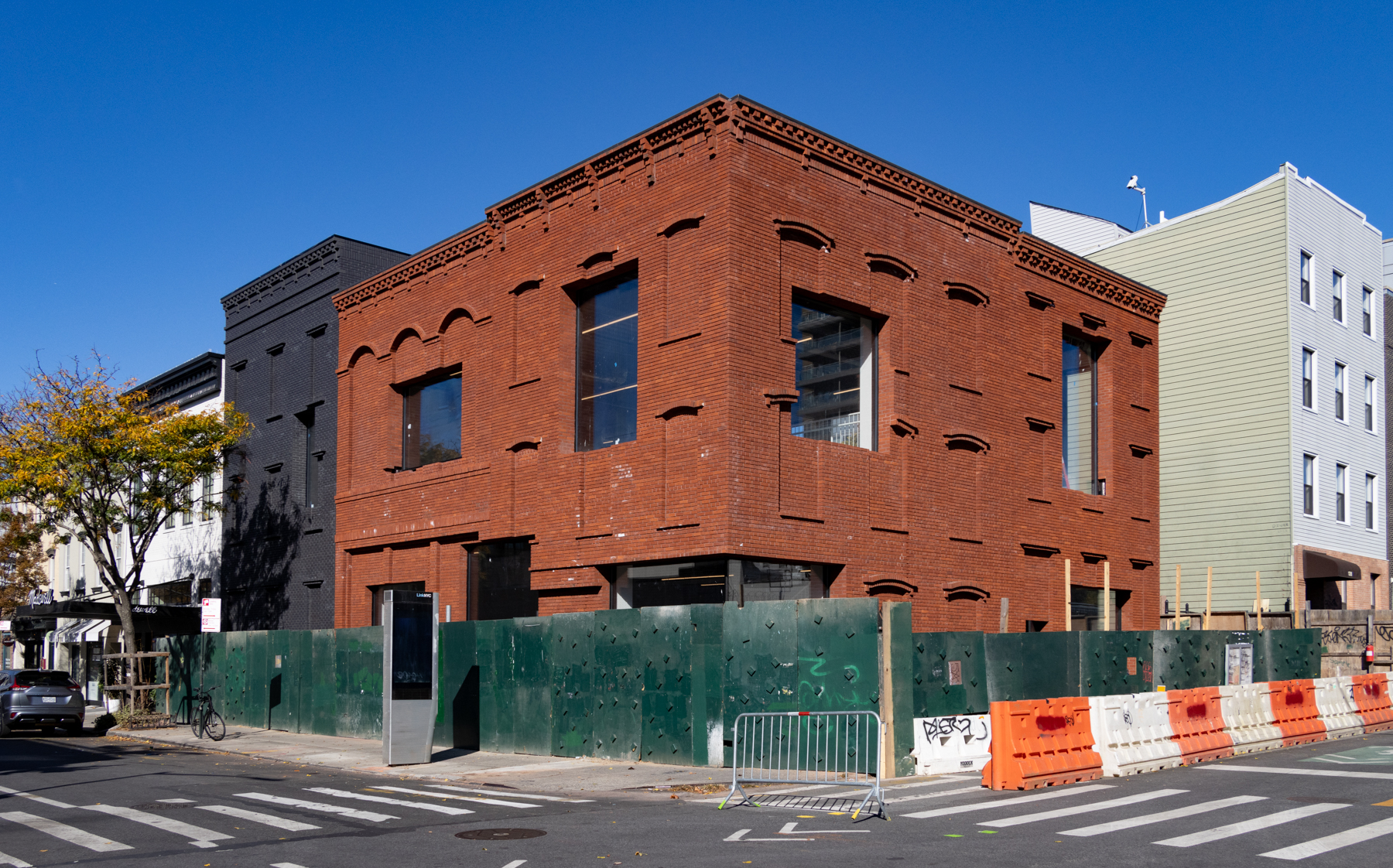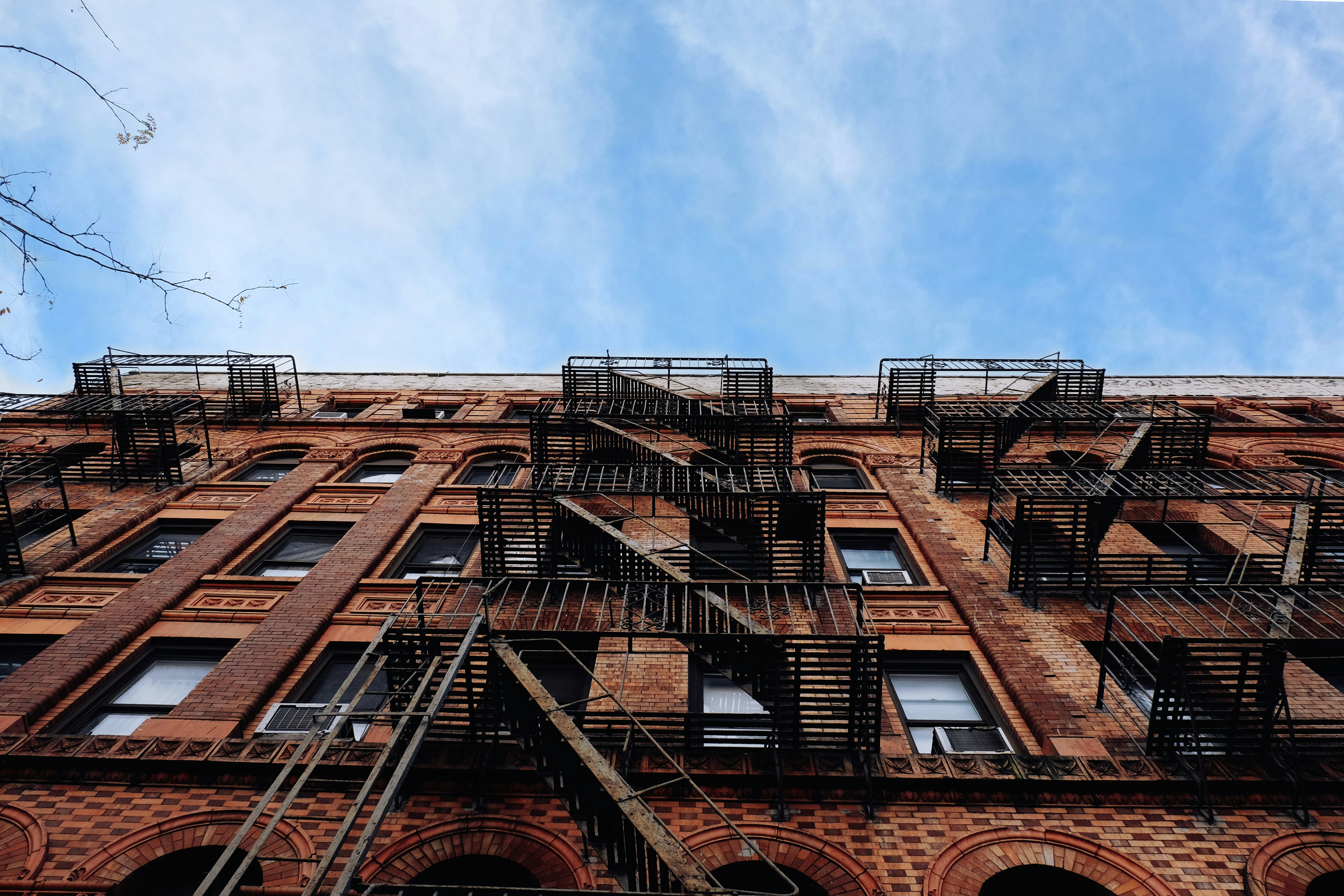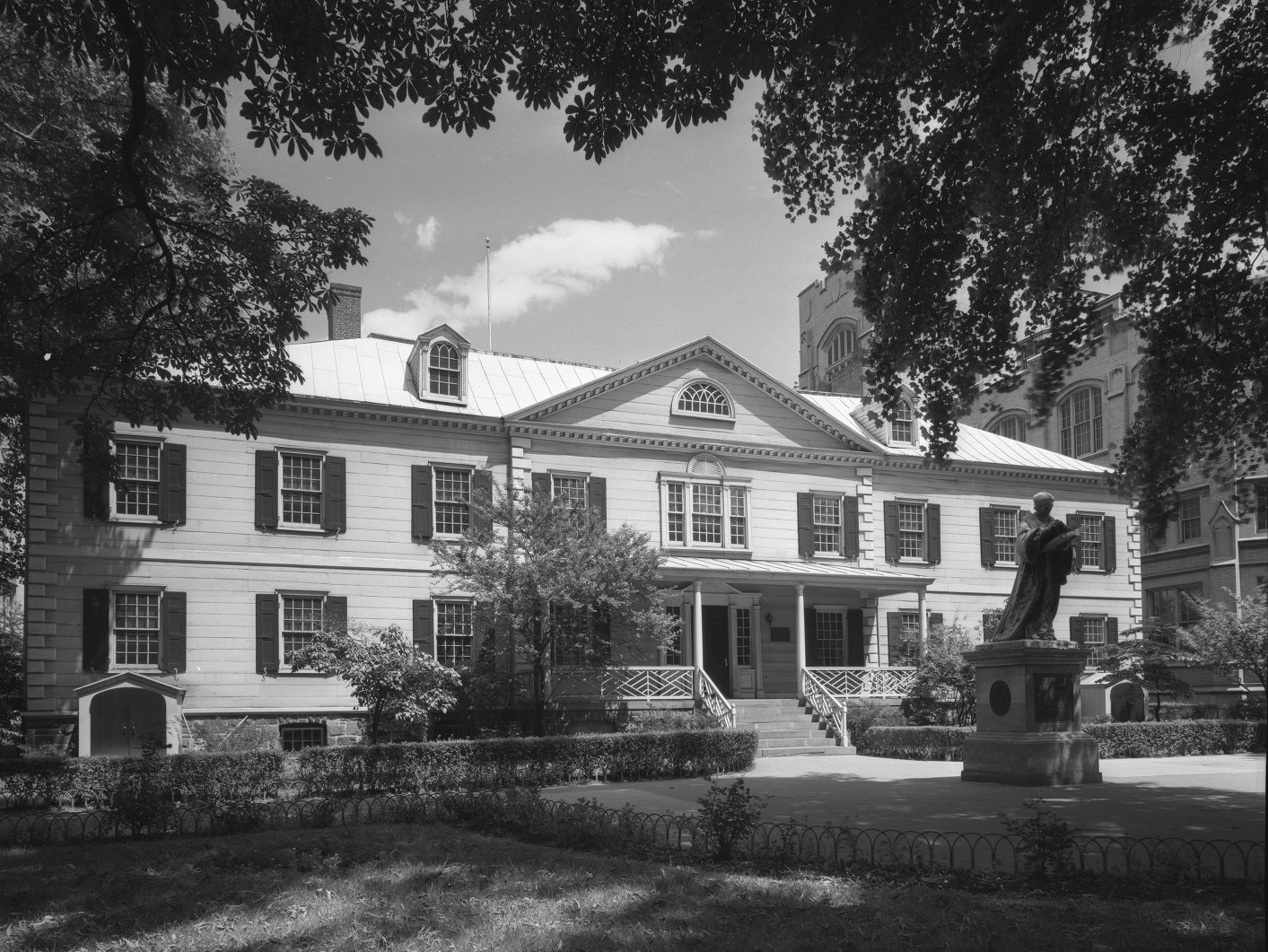Decade-Old Plan to Put Park Over South 'Burg Section of BQE Revived by Local Officials
As Governor Kathy Hochul’s administration and the city struggle to finalize the plans for the Brooklyn-Queens Expressway’s long-needed restoration, Brooklyn pols are pulling the plans for BQGreen from the shelf.

A rendering of the proposed park, which locals say would reduce pollution and traffic noise and provide needed green space. Rendering via Sasaki
As Governor Kathy Hochul’s administration and the city struggle to finalize the plans for the Brooklyn-Queens Expressway’s long-needed restoration, Brooklyn pols are pulling the plans for BQGreen from the shelf.
Local leaders and community groups are demanding the inclusion of a 3.5-acre park, which they claim would bring much-needed relief to southern Williamsburg.
The proposal aims to address the lack of green space and the high levels of air pollution in the area, and includes an elevated concrete platform with a flower garden, playground, baseball diamond, barbecues, grassy and wooded areas, indoor pool, and water play zone over a portion of the highway that runs below street level, between South 3rd and South 5th streets.
The design is by a team previously with landscape architecture firm DLANDstudio and now at Sasaki.
“Today we’re asking that the state move less than the bare minimum,” said Borough President Antonio Reynoso, who led the petition. “The bare minimum would be co-applying with the city for the federal funding to reimagine the BQE in its entirety from top to bottom, but we’ve tried that and we’ve heard nothing. We’ve heard ‘no’ from the state, so today we’re asking for even less than that because we have the plan, we have the community support. All we need now is the state to help make the BQGreen a reality.”

The BQE was designed in 1954 by urban planner Robert Moses, who was also credited with building many bridges and highways around the metro area.
Urbanism experts have long criticized Moses and his projects as having a detrimental effect on poorer neighborhoods, such as Sunset Park and Red Hook — whose fundamental makeup was altered by the BQE.
“For over a decade, our Southside community has rallied around the BQGreen as a chance to bring beautiful parkland to Williamsburg, reconnect our neighborhoods, and finally move forward from the racist legacy of Robert Moses’s BQE,” said Reynoso. “Now the stars have all but aligned – the funding is there, the support of the people remains strong – but still the state chooses to dig in its heels and turn a blind eye to the harms of the past that remain alive and well here in Williamsburg.”
“By co-applying for the billions of federal dollars currently up for grabs, the state has an opportunity to finally show up for our people. The BQGreen is a chance at environmental justice and a critical first step toward a completely re-imagined BQE. We won’t let the state get away with letting that slip away.”
Reynoso first revived the circa 2010 plan for BQGreen in 2016, calling on the city to commit $200 million to the project. Now the borough president estimates an extra $100 million. He claims that billions of federal funding for infrastructure are “up for grabs” and earmarked specifically for projects that seek to address racist infrastructure and reconnect communities.
According to an air quality study co-sponsored by El Puente, an anti-violence and pro-human rights institution focused in South Williamsburg, and the New School’s Tischman Environment and Design Center, which are allies of the BQGreen Organization, the air pollution from the BQE and the on-off ramp to the Williamsburg Bridge are particularly hazardous for the users of the four parks adjacent to these highways.
The organizations conducted an analysis of La Guardia Playground, Jaime Campiz Playground, Rodney Park and Marcy Green. Results showed all parks have elevated levels of PM2.5 that make them unsafe for park users and contribute to the health crisis in the neighborhood.
Asthma rates in South Williamsburg are double the citywide average. The neighborhood has the third-highest number of asthma cases out of 59 districts in New York City.
“From high asthma rates to heavy traffic and noise pollution, the BQE has imposed terrible costs on Brooklyn communities for decades,” said Congress Member Nydia Velázquez, who joined Reynoso in the call to the state.
South Williamsburg is one of the neighborhoods with the least amount of parkland per capita in the city. With only 5 percent of the total district area parkland, the district, which includes Williamsburg and Greenpoint, ranks 48 out of all 59 city districts when it comes to park space relative to total land area. The existing parkland is mostly hardscrabble. “There isn’t a single park with a decent-sized patch of grass,” reads one of the releases from the BQGreen Organization.
While New York State owns the majority of the BQE’s 20-mile Brooklyn stretch, New York City owns the 1.5-mile triple cantilever known as BQE Central.
Over the years, the City-owned cantilever has rapidly deteriorated, weakened by road salt, moisture, and overweight trucks.
The city’s Department of Transportation has limited traffic on the cantilever while they develop a permanent redesign, and recently got a boost from state legislators promoting automatic ticketing of overweight trucks on the cantilever.
Brooklynites from all over have called on New York State to partner with NYC DOT, identifying this moment as an opportunity for the city and state to take advantage of once-in-a-generation federal infrastructure funds and work hand in hand to reimagine the BQE.
“Without the state, we can’t do anything,” said Reynoso. “The mayor is ready. If Gov. Hochul says go, the mayor will go.”
Editor’s note: A version of this story originally ran in Brooklyn Paper. Click here to see the original story.
Related Stories
- As DOT Presents Refined Concepts for BQE, Locals Question Cost, Climate Impact, Two-Lane Study
- Brooklynites Skeptical BQE’s Triple Cantilever Will See Innovative Fix, But Remain Hopeful
- Locals Reject Bigger Highway in Three Green Space-Wrapped Designs to Replace Crumbling BQE
Email tips@brownstoner.com with further comments, questions or tips. Follow Brownstoner on Twitter and Instagram, and like us on Facebook.









What's Your Take? Leave a Comment